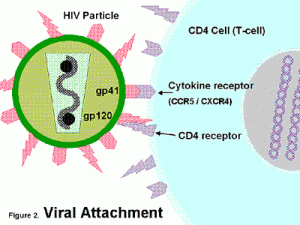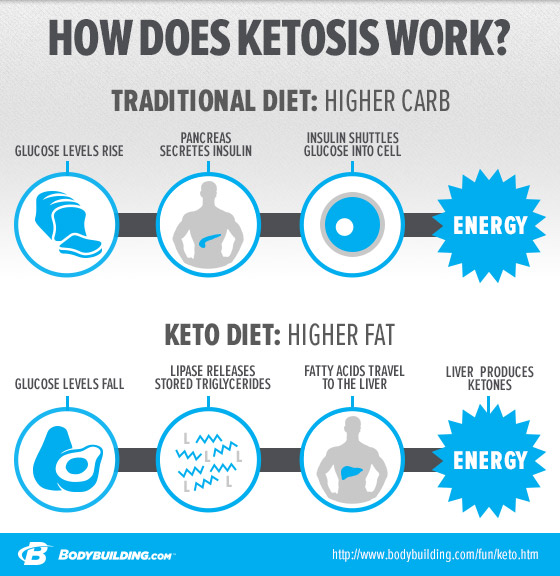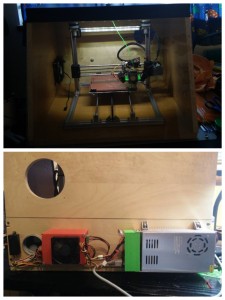How do you usually sit on chairs? Sitting cross-legged is one of my unchanging habits because I feel very comfortable sitting like this. Even now, I have my legs crossed! Is this really harmful to us? Many say crossing legs can lead to numerous health problems even if it may seem harmless. Commonly known consequences of spending long hours with legs crossed are effects on blood pressures and heart, varicose veins, and blood circulation. Check the video below for brief overview.
Credit: Abilhail Abihu
According to the study in 2007, sitting with crossed legs at knee increased blood pressure, whereas with crossed legs at the ankles didn’t result the same. In the study, 50 healthy volunteers and 53 patients with hypertension, abnormally high blood pressure, participated and randomly allocated. Seated blood pressure was measured with their legs in three different positions; one with feet flat on the ground and two with legs crossed differently. During blood pressure measurements, crossing legs increased systolic and diastolic blood pressures in patients with hypertension. In contrast, healthy volunteers had an increased systolic blood pressure, and a little effect on diastolic blood pressure. Blood pressure was higher when seated legs crossed, but it was a temporary increase.
Varicose veins, enlarged veins that are visible through the skin due to increased blood pressure, appear commonly in legs and feet. Age, genetics, obesity, gender, and pregnancy are all risk factors. Dr. Mohmmed Moursi, an UAMS vascular surgeon, indicated that crossing legs isn’t the major cause of this vascular problem. Instead, they result from an intrinsic problem inside the veins. Another common belief he mentioned was that standing for long hours is another cause of varicose veins. Nonetheless, standing may magnify the existing problems with veins but shouldn’t directly cause them.

Normal Vein (left) and Varicose Vein (right). National Heart Lung and Blood Institute via Wiki Commons
Many say crossing legs can cause problems for blood circulation but there aren’t many evidences supporting that. Not only sitting cross-legged, but also staying in one position for too long can lead to the numbness in feet. The sensation is from sitting legs crossed which created pressure on the peroneal nerve, located in the back of the knee. People generally change their position when they begin to feel uncomfortable. The recent study in Korea found that sitting legs crossed wasn’t the cause, and in fact, sitting sedentary positions for long time did affect.

Women sitting with legs crossed. Ion Chibzii via Wiki Commons
Perhaps, avoiding sitting stationary or improving postures when seated are the solutions. In fact, good posture can improve muscle function, blood flow, lung functions, and mental health. Surprisingly, recent studies showed good posture affects intelligence, improves abilities to remember, and protects from having back-problems. Thus, sitting with legs crossed isn’t the direct cause but sitting in the same position for long periods of time can be. Exercising regularly, stretching, taking walks in between, and even focusing on sitting up straight can help one change one’s sedentary lifestyle.
By: Josephina Kim






























